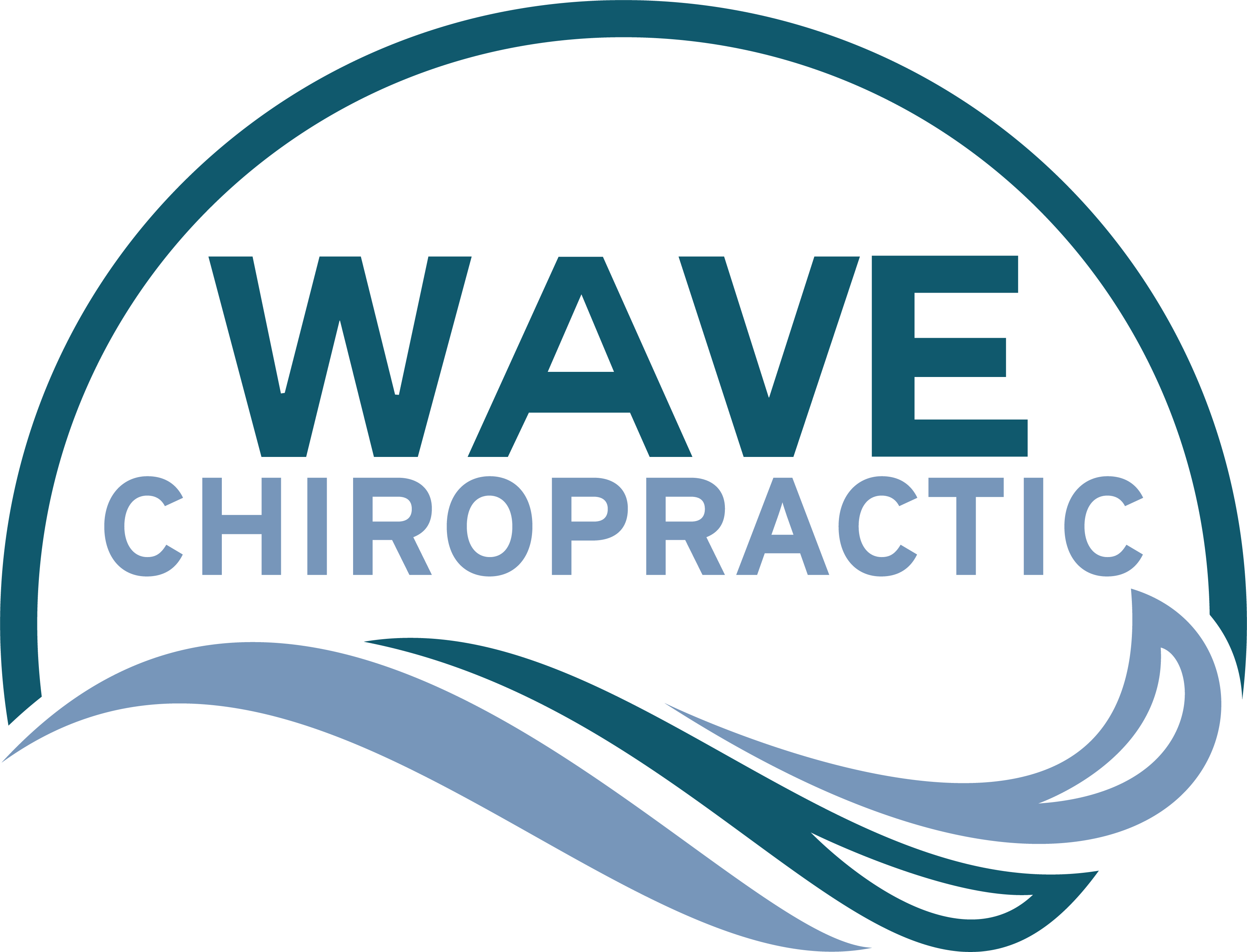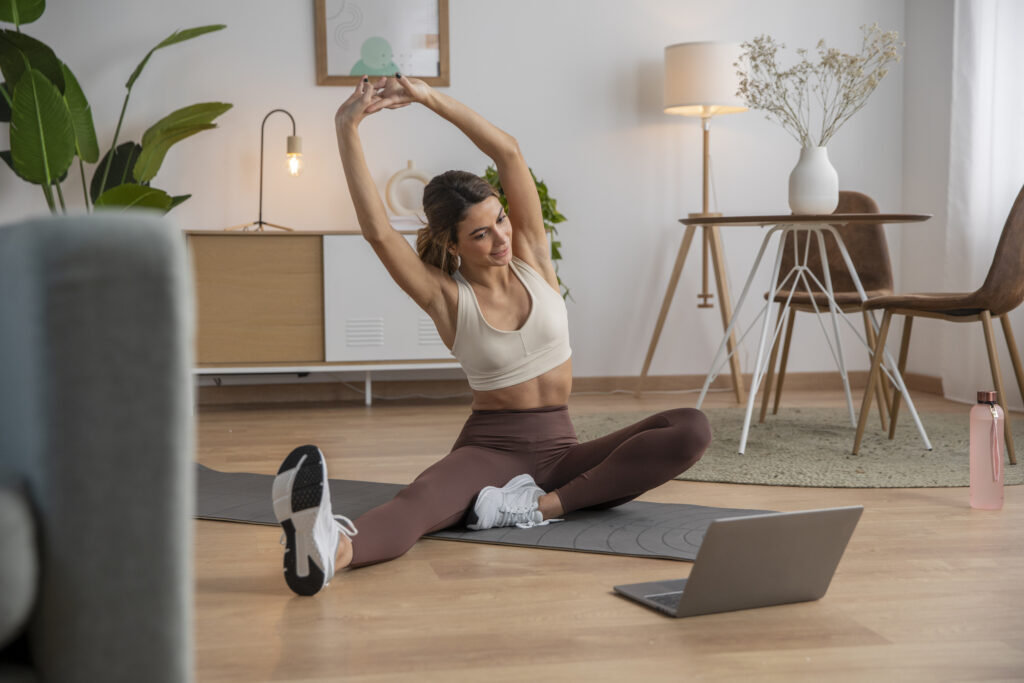You might not realize how much your daily habits impact your spinal alignment and posture. Small changes in your workspace, strengthening your core, and being mindful of your movements can make a significant difference in your overall well-being. It's easier than you think to implement these strategies, but many overlook their importance. By focusing on these aspects, you could be on your way to improved posture and less discomfort. Curious about how to get started with these essential tips?
Assess Your Workspace
A well-designed workspace can greatly impact your spinal alignment and posture. When you assess your workspace, you're taking the first step toward a healthier you.
Start by evaluating your chair. It should support your lower back and encourage an upright position. If it doesn't, consider investing in an ergonomic chair that conforms to your body's natural curves.
Next, look at your desk height. Ideally, your elbows should be at a 90-degree angle when typing, and your wrists should float comfortably above the keyboard. If your desk is too high or too low, you might find yourself straining your neck or slumping your shoulders, which can lead to discomfort and poor posture over time.
Your computer monitor also plays an essential role in your spinal alignment. Position the top of the screen at eye level so you don't have to tilt your head up or down. This placement helps keep your neck aligned and reduces strain.
Additionally, make sure your monitor is about an arm's length away to prevent eye strain.
Don't forget about the floor beneath you. Your feet should rest flat on the ground or on a footrest, keeping your legs at a comfortable angle.
Finally, declutter your workspace to minimize distractions. A tidy environment not only enhances focus but also encourages you to maintain good posture.
Strengthen Core Muscles
Improving your workspace is just the beginning; strengthening your core muscles is essential for maintaining good posture and spinal alignment. Your core isn't just your abs; it includes all the muscles in your torso that support your spine. When these muscles are strong, they help you maintain an upright position, reducing the strain on your back.
To start, incorporate exercises like planks, bridges, and abdominal crunches into your routine. Planks engage multiple core muscles and promote stability. Hold a plank position for 30 seconds to a minute, gradually increasing the duration as you grow stronger.
Bridges target your lower back and glutes, enhancing overall core strength. Lie on your back with your knees bent, lift your hips, and hold for a few seconds before lowering.
Don't forget about rotational exercises, like Russian twists, which engage your obliques and improve your balance. Sit on the floor with your knees bent, lean back slightly, and twist your torso side to side while holding a weight or medicine ball.
Aim to work on your core at least two to three times a week. Even simple activities like engaging your core while sitting can make a difference. As you strengthen these muscles, you'll find that maintaining good posture becomes easier, leading to fewer aches and pains.
Incorporate these exercises into your daily routine, and you'll notice improvements not only in your posture but also in your overall strength and stability.
Practice Mindful Movement
Mindful movement is a powerful tool for enhancing your posture and spinal alignment. By focusing on how you move your body, you can develop a greater awareness of your alignment and make adjustments in real-time. Whether you're walking, sitting, or exercising, practicing mindfulness can help you stay connected to your body and its needs.
To start, pay attention to your breath. As you inhale and exhale, notice how your body feels in different positions. This awareness creates a foundation for better movement patterns. When standing, distribute your weight evenly across both feet, keeping your knees slightly bent. Imagine a string pulling you upward from the crown of your head, aligning your spine.
During activities, like walking or lifting, engage your core muscles to support your spine. Visualize moving with intention, rather than going through the motions. This will help you avoid slouching or straining your back.
Try to check in with your posture regularly throughout the day. Are your shoulders relaxed? Is your head aligned with your spine?
Incorporate mindful movement into your daily routine by practicing yoga or tai chi. These disciplines emphasize body awareness and can greatly improve your posture.
Conclusion
By evaluating your workspace, strengthening your core, and practicing mindful movement, you can greatly improve your spinal alignment and posture. Make these adjustments a part of your daily routine, and you'll notice a positive change in how you feel and function. Remember, a few small changes can lead to lasting benefits for your spine. So, take the time to invest in your posture today for a healthier tomorrow!

